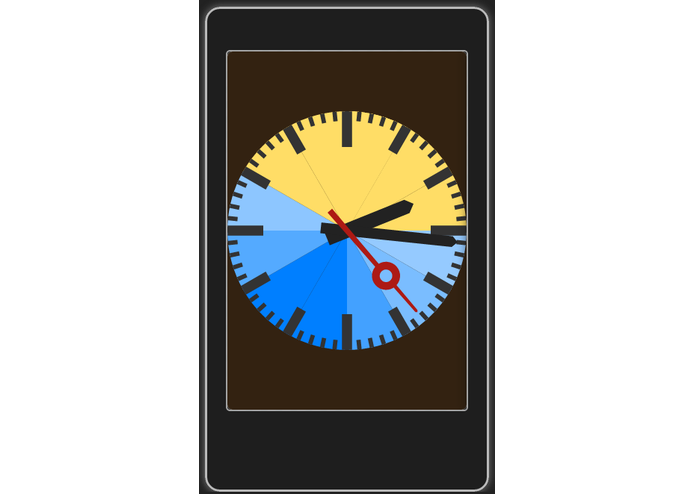Archive
Workshop on App Store Analysis
I was at the 36th CREST Open Workshop, on App Store Analysis, at the start of this week. The attendee list reads like a who’s who of academics researching App stores. What really stood out for me was the disconnect between my view of the software engineering aspects of developing mobile Apps and the view of many, but not all, academics in the room.
Divergent points of view on App development being different because… included:
Academics: they are written by a small number (often one) of developers.
Me: This was true in the early days of microprocessors and the web. When something new comes out only a small number of people are involved in it and few companies are willing to invest in setting up large development teams. If the new thing succeeds (i.e., there is money to be made) the money to create large teams will follow.
Academics: third party libraries make a significant contribution to functionality.
Me: This is true of a lot of web software and it is becoming more common for Apps on all platforms. It was not true in the past because the libraries were not available; Open Source changed all that.
Academics: they are not structured/written according to software engineering principles (someone in the room thought that waterfall was still widely used).
Me: This is true of most software produced by individuals who are writing something out of interest in their spare time or because they are not gainfully employed in ‘real’ work. When microcomputers were new the internal quality of most software on the market was truly appalling; it was primarily written by people who knew a market niche very well and taught themselves programming, the software sold because it addressed the needs to its customers and code quality was irrelevant (of course the successful products eventually needed to be maintained, which in when code quality became important, but they now had money to employ developers who knew about that kind of stuff).
Academics: the rapid rate of change (in tools and libraries etc) being experienced will continue into the foreseeable future.
Me: I was staggered that anyone could think this.
Academics: lots of money to be made for minimal investment:
Me: Those days are past.
Me: power drain issues (may) be a significant design issues.
Academics: Blank look.
Other things to report:
Various concerns raised by people who had encountered the viewpoint that mobile Apps were not considered worthy of serious academic study within software engineering; this point of view seemed to be changing. I don’t recall there every having been academic research groups targeting microcomputer software, but this certainly happened for web development.
I was a bit surprised at the rather rudimentary statistical techniques that were being used. But somebody is working on a book to change this.
Running Average Power Limit: a new target for viruses
I have been learning about the Running Average Power Limit, RAPL, feature that Intel introduced with their Sandy Bridge architecture. RAPL is part of a broader framework providing access to all kinds of interesting internal processor state (e.g., detailed instruction counts, cache accesses, branch information etc; use PAPI to get at the numbers on your system, existing perf users need at least version 3.14 of the Linux kernel).
My interest in RAPL is in using it to monitor the power consumed by short code sequences that are alternative implementations of some functionality. There are some issues that need to be sorted out before this is possible at the level of granularity I want to look at.
I suspect that RAPL might soon move from a very obscure feature to something that is very widely known and talked about; it provides a means for setting an upper limit on the average power consumed by a processor, under software control.
Some environmental activists are very militant and RAPL sounds like it can help save the planet by limiting the average power consumed by computers. Operating systems do provide various power saving options, but I wonder how widely they are used aggressively; one set of building based measurements shows a fairly constant rate of power consumption, smaller set showing a bit of daily variation.
How long will it be before a virus targeting RAPL appears?
Limiting the average power consumed by a processor is likely to result in programs running more slowly. Will the average user notice? Slower browser response could be caused by all sorts of things. Users are much more likely to notice a performance problem when watching a high definition video.
For service providers RAPL is another target to add to the list of possible denial-of-service attacks.

Recent Comments